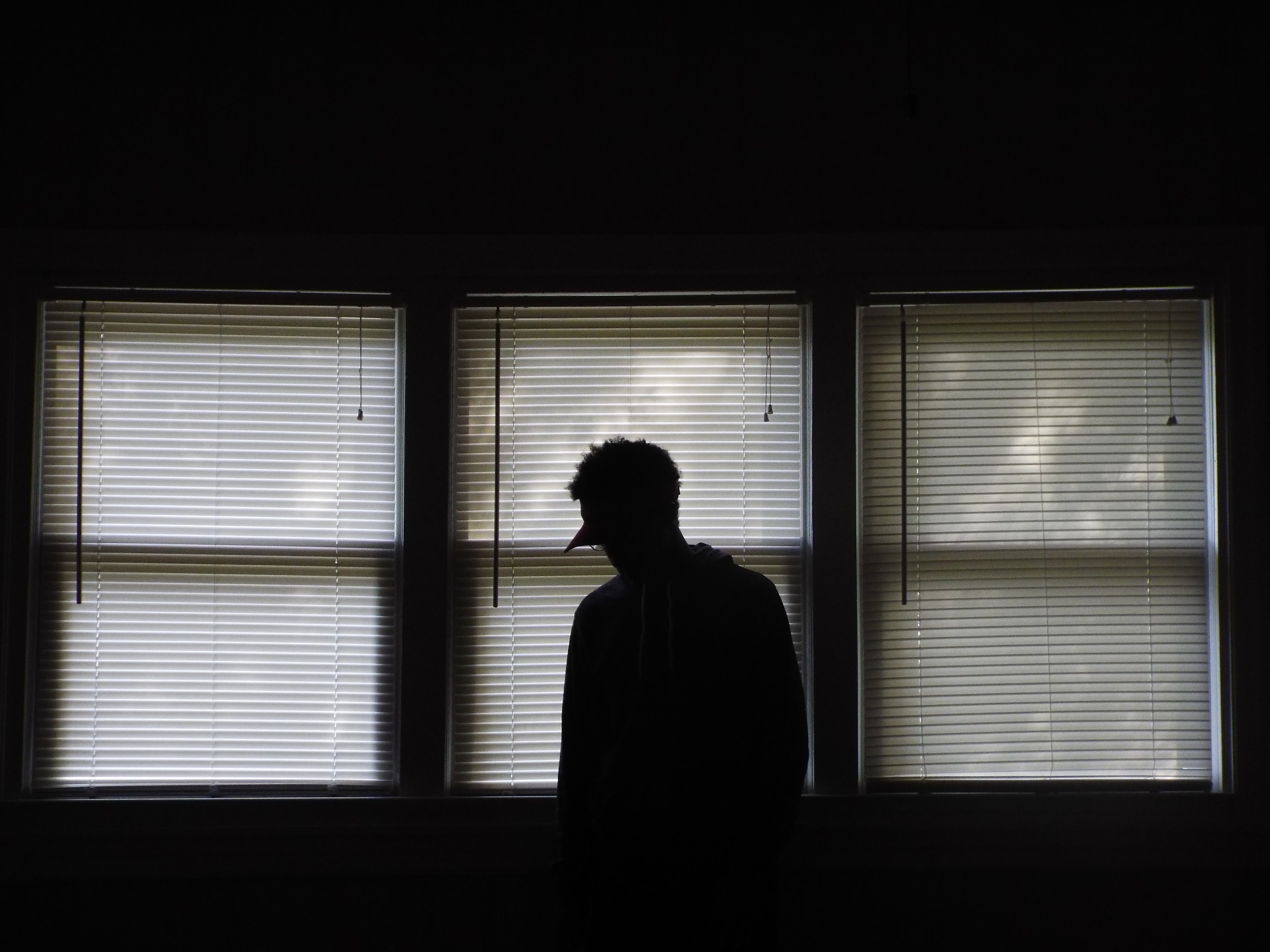Everyone is entitled to privacy, but what does the law say? Today, as technology continues to create new possibilities for invasion of privacy, it is more important than ever to have an understanding of the basic guidelines.
The phrase invasion of privacy is technically defined as “an intrusion upon your reasonable expectation to be left alone,” according to FindLaw, which also provides a good example to illustrate the concept.
If you accidentally leave a letter containing personal information in a public place, it is not a violation of your privacy if someone picks up and reads it. “But if you’re having a private conversation in your home and a neighbor uses an electronic device to eavesdrop (and this causes injury), then your expectation of privacy has been violated. This is because you have a reasonable expectation that your neighbor is not using surveillance on your home.”
Celebrities, however, are not protected in many situations “since they have voluntarily placed themselves already within the public eye, and their activities are considered newsworthy,” according to USLegal.
There are four main types of invasion of privacy claims:
- Intrusion of Solitude
- Appropriation of Name or Likeness
- Public Disclosure of Private Facts
- False Light.
Intrusion of Solitude
As the name implies, this protects your right to privacy while you’re in seclusion. This refers to the popular phrase “peeping Toms,” which indicates someone is looking into a private area (house, bedroom, bathroom stall, etc.) to watch another individual. This also refers to illegally intercepting phone calls or going through a person’s private records.
Photographing a person in public is not an invasion of privacy, but using a long-range camera to document someone inside a home would qualify, according to FindLaw. Also, making a few unwanted phone calls does not necessarily constitute an invasion of privacy, but constantly calling after being asked to stop would.
Another example is the workplace. Even though colleagues in an office know that others may overhear their conversations, they expect that these conversations will not be recorded, according to LawShelf Educational Media. If a conversation is recorded, the situation could be considered intrusion to seclusion.

There have been numerous invasion of privacy lawsuits of the years, but one of the most famous involved a well-known vehicle manufacturer. In 1970, consumer advocate Ralph Nader received $425,000 from General Motors in an out-of-court settlement for his invasion of privacy lawsuit, according to The New York Times. Mr. Nader had argued that because of his book Unsafe at Any Speed, in which he argued that many vehicles were generally unsafe, General Motors had hired a private investigator who followed him. He also received threatening phone calls and was the subject of other unwanted behavior.
Appropriation of Name or Likeness
This is usually the case when an individual claims that “their name, likeness, or some other personal attribute of their identity has been used without permission,” according to FindLaw. For example, a company may use a person’s picture without consent to advertise a product.
According to FindLaw, you must prove the following in an appropriation lawsuit:
- You didn’t provide permission for the use of your identity.
- The defendant used some protected aspect of your identity.
- The defendant used your identity for their immediate and direct benefit.
The law, however, varies by state. California, for example, expressly protects a person’s name, likeness, voice, signature, and photograph. Florida, on the other hand, protects only a person’s name, likeness, portrait, and photograph.
There are exceptions, however, involving newsworthy people or events.
“Prohibiting media outlets from displaying images or using names when reporting or commenting on the news would likely violate the ‘freedom of the press’ guarantee of the First Amendment,” according to LawShelf. This also applies if the organization is a for-profit business, which is how the media can print or say the names and publish the pictures of people without needing to ask for permission.
The First Amendment may also protect creative works that use recognizable identities, and one noteworthy case involved D.C. Comics, which published a comic featuring characters who were easily identified as a pair of popular musician brothers, according to LawShelf. The drawings used their distinctive likeness and referred to the characters by similar, though slightly different, names. “The court ruled that such depictions are not considered misappropriation,” according to the website. “The court reasoned that the First Amendment protected DC Comics’ actions because these actions were protected creative expressions that were ‘something more’ than mere celebrity likeness or imitation. Satire works that comment on or even lampoon politicians or other celebrities rely on similar grounds.”
Public Disclosure of Private Facts
Determining whether a violation of this type of invasion of privacy has occurred involves weighing whether it is protected under the First Amendment. A person could be liable for damages “if an individual reveals truthful information that is not of public concern and which a reasonable person would find offensive if made public.”
FindLaw provides the following example of a violation of this type of privacy: If a woman agrees to have her birth via caesarian section filmed for educational purposes, but the video is shown publicly in a commercial theater. On the other hand, it’s valid to publish information about a politician who is having an affair with a staffer because it’s of public concern – and therefore not an invasion of his privacy, according to FindLaw, though some states (including New York) do not acknowledge this assertion.
But, determining whether information is newsworthy can be complicated. For example, an actor with a hidden medical condition may be protected because the public is likely just curious about his personal life. But, if the same circumstances apply to an important public official, there may be widespread public worry that is genuine and warranted.
In one case, a woman won in a suit against a movie studio that publicly displayed the facts of her private life and her past life as a prostitute. In another case, a well-known child star sued after a magazine published a “Where Are They Now?” article, according to LawShelf. Even though the former star was no longer in the spotlight, “the court determined that his life story was still a legitimate public interest.”
False Light
A false light claim is similar to a defamation claim, meaning that it allows a person to sue for the public disclosure of information that is misleading, according to FindLaw. The difference is that defamation applies to the public broadcasting of the misleading information, and in certain instances, the information is protected under the First Amendment.
According to FindLaw, the components of a valid false light claim include:
- The defendant published information about the plaintiff.
- The plaintiff is depicted in a misleading light according to this information.
- The information is offensive or embarrassing.
- The information was published with “reckless disregard as to its offensiveness.”
LawShelf gives the following example: A newspaper published a story about the impact of a murder on a victim’s family. In the story, the house is described as “messy” and “in a state of disarray,” and the family sued, saying that the descriptions put them in a negative light. “The court agreed that such a portrayal could constitute invasion of privacy on false light grounds.”
Today, as technology continues to create new possibilities for invasion of privacy, it is more important than ever to have an understanding of the basic guidelines.


Join the conversation!